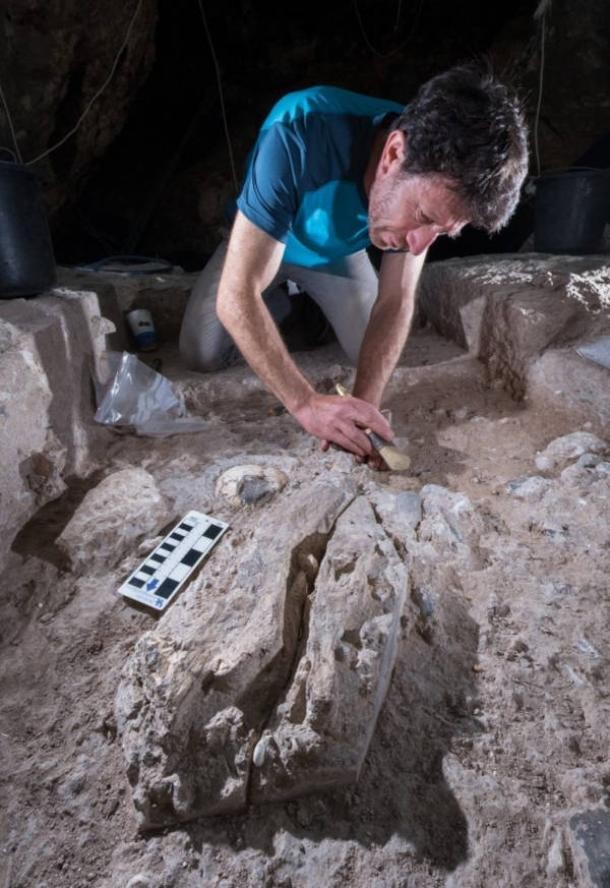 |
| Researchers have just announced new findings from Tinshemet Cave in Israel showing that Neanderthals and our ancestors, Homo sapiens, had a close relationship 100,000 years ago. Photo: Boaz Langford/Hebrew University of Jerusalem. |
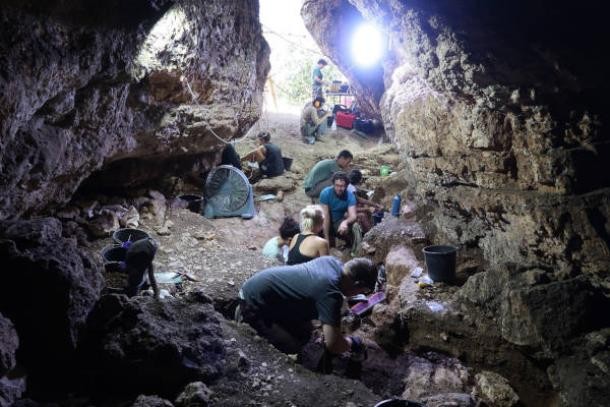 |
| Specifically, Neanderthals and Homo sapiens not only coexisted in the Middle Paleolithic Levant but also actively interacted, sharing technology, lifestyles, mating, and burial customs. Photo: Yossi Zaidner/Hebrew University of Jerusalem. |
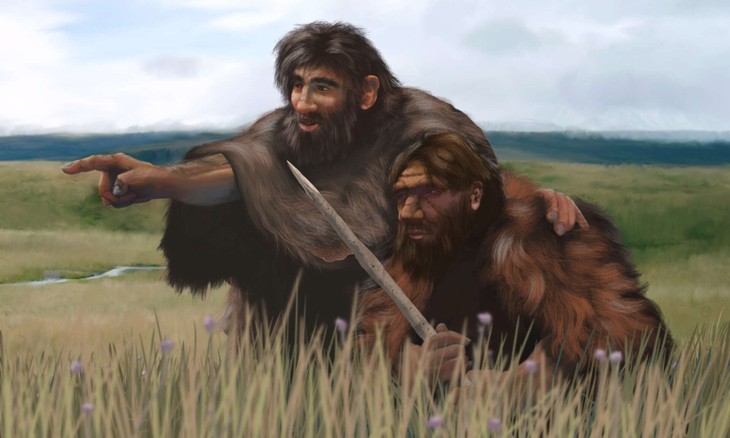 |
| These activities fostered cultural exchange, social complexity, and behavioral innovations, such as formal burial rituals and the symbolic use of ochre for decoration. Photo: University of Rochester illustration / Michael Osadciw. |
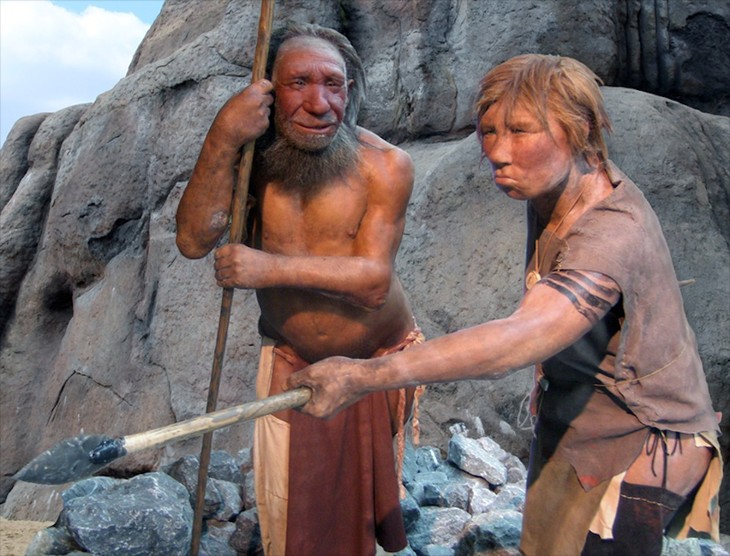 |
| According to the research team, the interaction between Neanderthals and Homo sapiens certainly encouraged the development of some kind of common language, either verbal or non-verbal (possibly a combination of both). However, to date, researchers have not found specific evidence through the archaeological record. Photo: Wikimedia Commons, CC BY-SA. |
 |
| The new findings suggest that humans were in contact with other hominin groups rather than living independently. At the same time, studying the Middle Palaeolithic Levant helps to decipher human history during this important period. Photo: The Natural History Museum, London. |
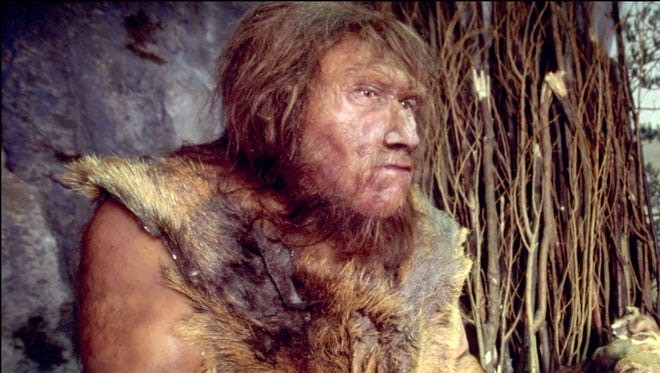 |
| Tinshemet Cave was inhabited by many species more than 100,000 years ago when the first migrants settled here. Photo: Getty Images. |
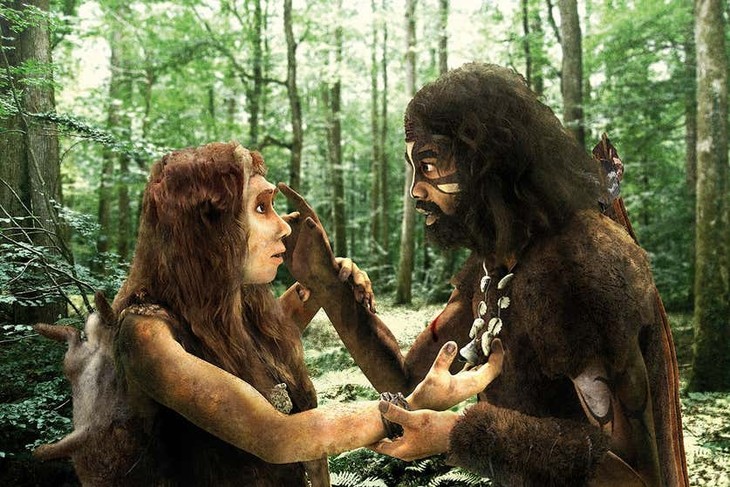 |
| Thanks to this, archaeologists found a lot of evidence of the presence of humans in Tinshemet cave such as stone tools, animal bones... Among these, some graves dated to the middle of the Paleolithic period provided clues about the connection between Neanderthals and Homo sapiens. Photo: GREGOIRE CIRADE / SCIENCE PHOTO LIBRARY. |
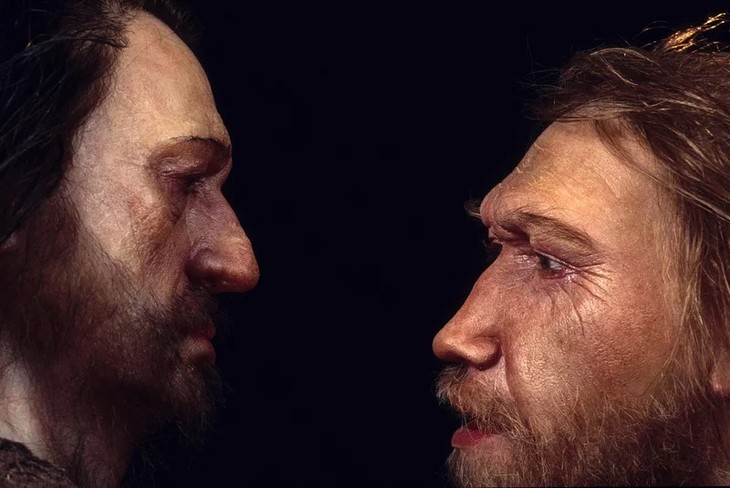 |
| Around 100,000 years ago in what is now Israel, Neanderthals and Homo sapiens interacted intensely, helping to foster social complexity and behavioral changes such as hunting, eating, and more. Photo: Philippe Plailly & Atelier Daynes/Science Source. |
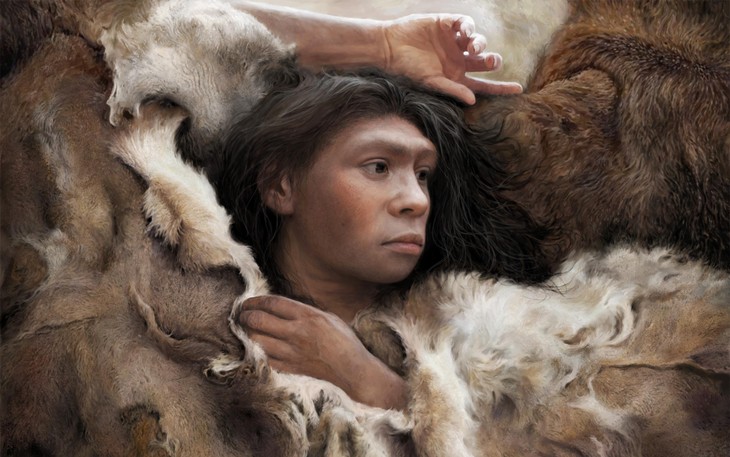 |
| For more than 350,000 years, Neanderthals lived across Europe and Asia before completely disappearing from the Earth around 40,000 years ago. Photo: aeon.co. |
Readers are invited to watch the video : 3.8 million year old skull is the key to human evolution. Source: THĐT1.
Source: https://khoahocdoisong.vn/giat-minh-bang-chung-nguoi-neanderthal-giao-phoi-voi-nguoi-hien-dai-post265413.html
























![[Photo] National Assembly Chairman Tran Thanh Man visits Vietnamese Heroic Mother Ta Thi Tran](https://vphoto.vietnam.vn/thumb/1200x675/vietnam/resource/IMAGE/2025/7/20/765c0bd057dd44ad83ab89fe0255b783)


















































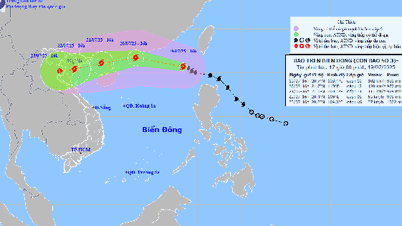
























Comment (0)